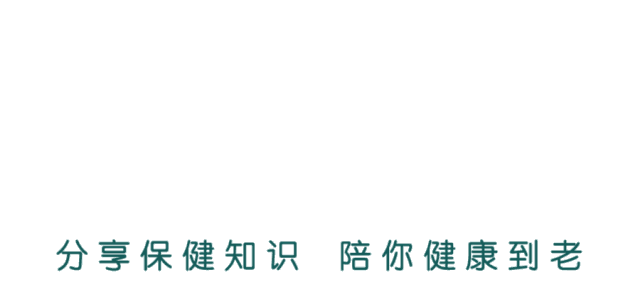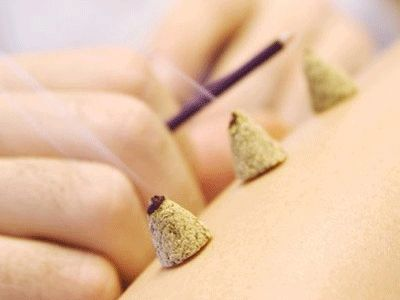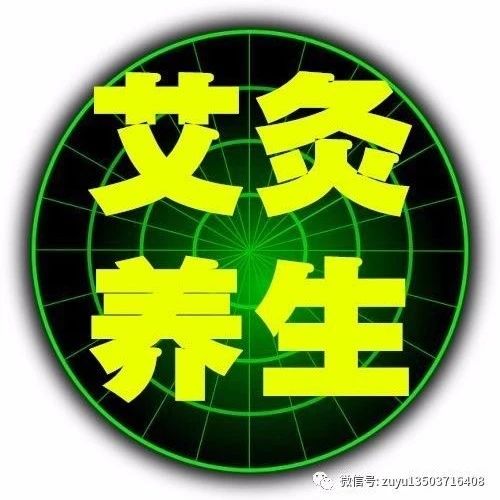
 TraditionalChineseMedicineHealth
TraditionalChineseMedicineHealth Inheritance of Traditional Chinese Medicine Culture
Inheritance of Traditional Chinese Medicine Culture
Spring moxibustion is an important health-preserving method in traditional Chinese medicine. TCM believes that spring is the season when Yang energy begins to rise, and the Yang energy in the human body also ascends accordingly. Moxibustion stimulates acupuncture points with warmth, which can warm the meridians and support Yang, helping the body to align with natural laws and achieve health preservation. Modern medical research shows that moxibustion can promote blood circulation and enhance immune function. Common acupuncture points for spring moxibustion include Zu San Li (Stomach 36), Guan Yuan (Conception Vessel 4), and Ming Men (Governor Vessel 4).
Spring moxibustion has significant effects on improving sub-health conditions. It can alleviate spring fatigue, improve sleep quality, and regulate gastrointestinal function, and it also has auxiliary therapeutic effects on common spring ailments such as allergic rhinitis and asthma. During moxibustion, it is important to ensure good air circulation indoors, and each session should be controlled to last 15-20 minutes.
Moxibustion embodies the TCM concept of “unity of heaven and man” in health preservation. Spring moxibustion is not only a method of health preservation but also a healthy lifestyle.

 1Indications for Moxibustion
1Indications for Moxibustion
1. Cold Damp Bi Pain: The warming properties of moxibustion can dispel cold and dampness, improving symptoms such as joint pain and muscle stiffness caused by cold pathogens. For example:
Osteoarthritis: For chronic pain in the knee and shoulder, moxibustion can promote local blood circulation and relieve stiffness.
Dysmenorrhea: For abdominal pain during menstruation caused by cold in the uterus, moxibustion at Guan Yuan (Conception Vessel 4) and Qi Hai (Conception Vessel 6) can warm the uterus.
2. Spleen and Stomach Yang Deficiency: Symptoms include poor appetite, abdominal bloating, diarrhea, and cold hands and feet. Moxibustion at Zhong Wan (Conception Vessel 12) and Zu San Li (Stomach 36) can enhance the digestive function of the spleen and stomach.
3. Low Immunity: Moxibustion at Da Zhui (Governor Vessel 14) and Fei Shu (Bladder 13) can stimulate Yang energy in the body, improving sub-health conditions such as frequent colds and fatigue.
4. Chronic Deficiency Diseases: For conditions like chronic bronchitis and asthma during remission, moxibustion can support the body’s vital energy and reduce the frequency of attacks.
5. Postpartum Recovery: TCM believes that postpartum women often experience deficiency and stasis; moxibustion can help restore energy, but it should be done under the guidance of a qualified practitioner.
2Contraindications for Moxibustion
1. Excess Heat and Yin Deficiency: Individuals with high fever, flushed face, red eyes, mouth sores, constipation, and other symptoms of excess heat should avoid moxibustion as it may exacerbate the condition. Those with Yin deficiency (e.g., five hearts heat, night sweats) should also be cautious to avoid worsening deficiency heat.
2. Skin Lesions and Infected Areas: Moxibustion is prohibited on areas with eczema, ulcers, burns, or abscesses, as high temperatures may worsen inflammation or lead to the spread of infection.
3. Special Areas and Populations:
Head and Face: These areas have rich vascular and nerve supply, and improper operation may cause burns or irritation to the facial features.
Pregnant Women: Moxibustion on the lumbar region, abdomen, and San Yin Jiao (Spleen 6) may induce uterine contractions, posing a risk of miscarriage.
Infants and Young Children: Their skin is delicate and sensitive to temperature; self-administered moxibustion is not recommended without professional guidance.
4. Hemorrhagic Diseases: Patients with thrombocytopenia, hemophilia, or women with heavy menstrual flow may have an increased tendency to bleed with moxibustion.
5. Severe Chronic Diseases in Acute Phase: Conditions such as hypertensive crisis, acute cardiovascular and cerebrovascular events, or advanced malignant tumors should prioritize modern medical treatment.
3Assessment of Constitution by TCM Practitioner Before Moxibustion
1. Control of Temperature and Time
Moxibustion should be performed at a distance of 2-3 cm from the skin, with each session lasting 10-15 minutes per point to avoid burns. Redness is normal, but if blisters occur, they should be treated promptly.
2. Environment and Prohibited Behaviors
After moxibustion, avoid contact with cold water and cold wind for 2 hours, and refrain from eating raw or cold foods; it is not advisable to perform moxibustion when intoxicated or overly hungry or full.


Written/Illustrated by Li Jingjing
Disclaimer: The above text and images are sourced from the internet for learning and communication purposes only and do not have any commercial use. Copyright belongs to the original author. If there are any issues, please contact us for resolution! If you find this article useful, please share it with your friends or post it in your social circle.


